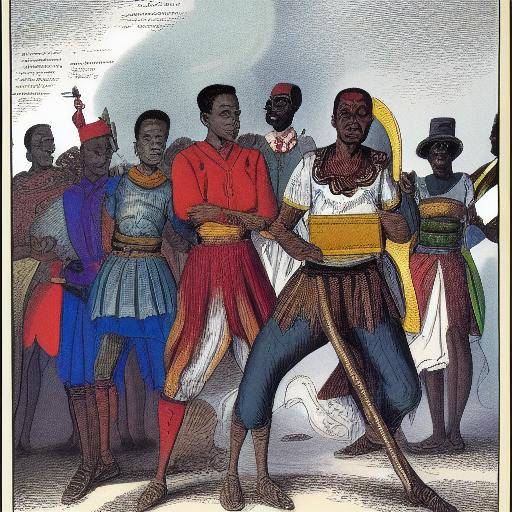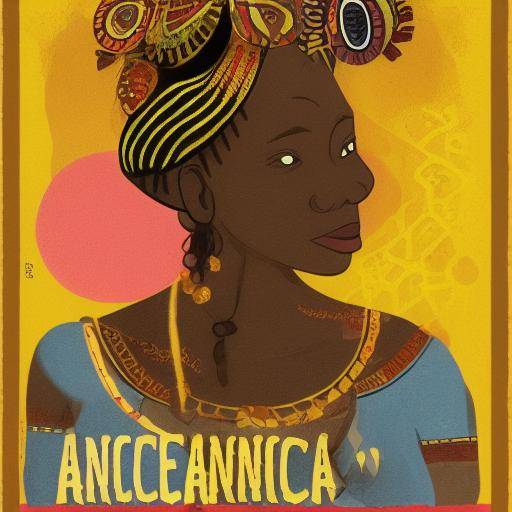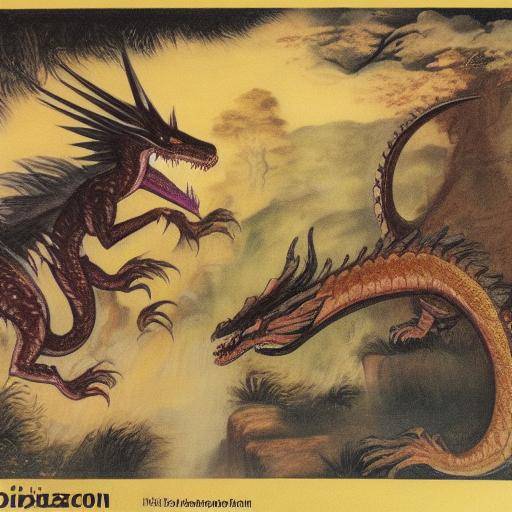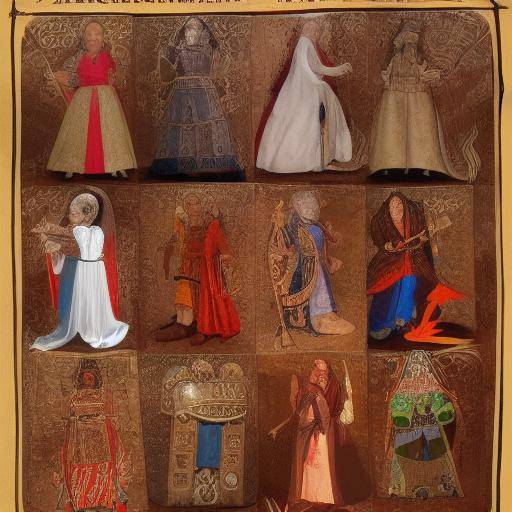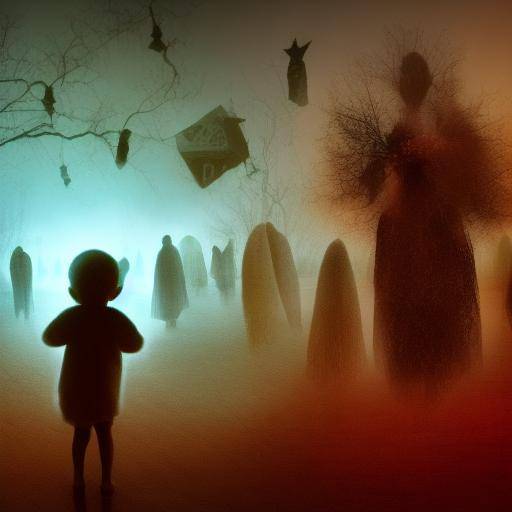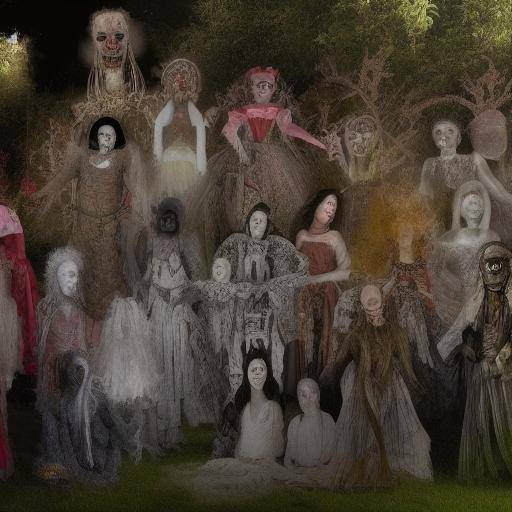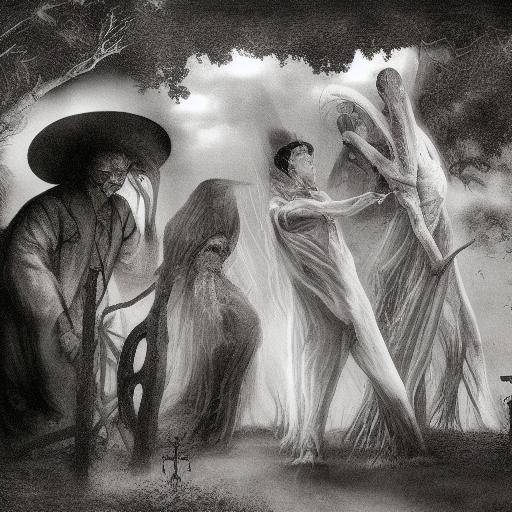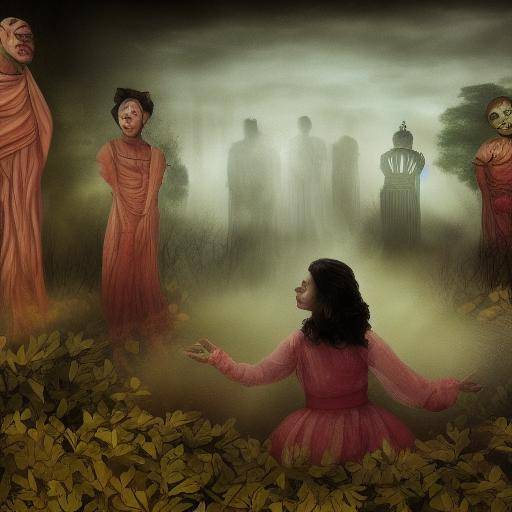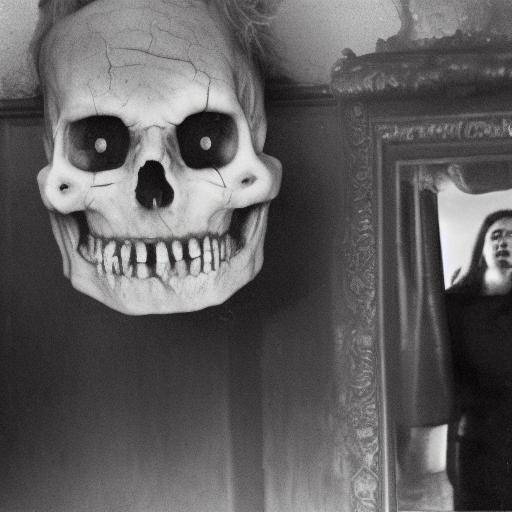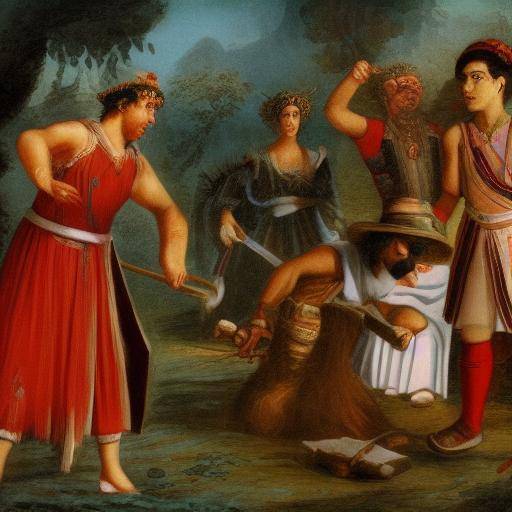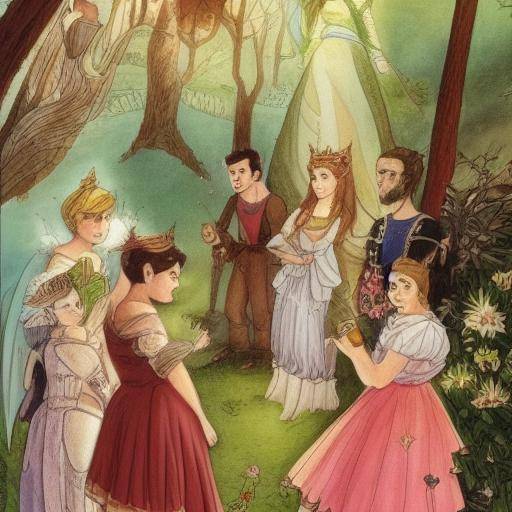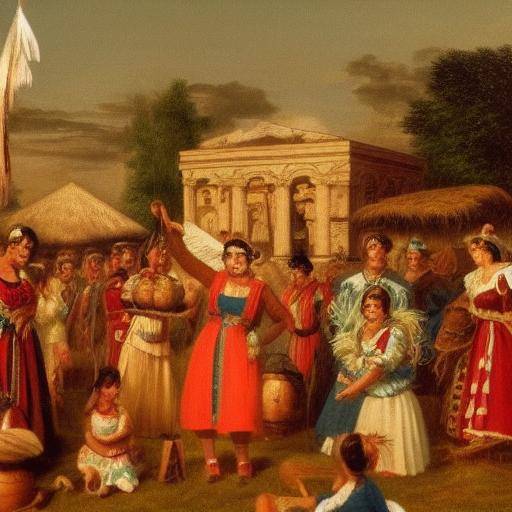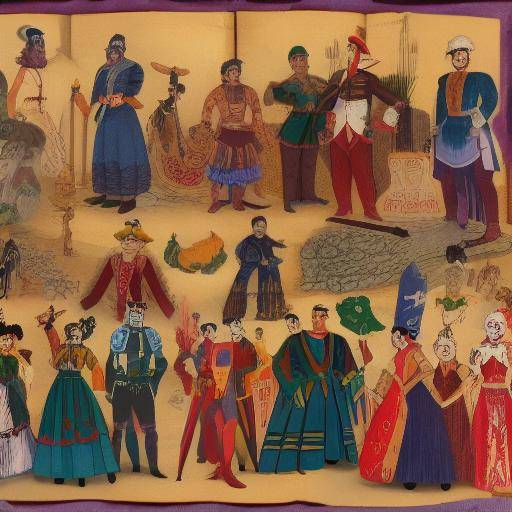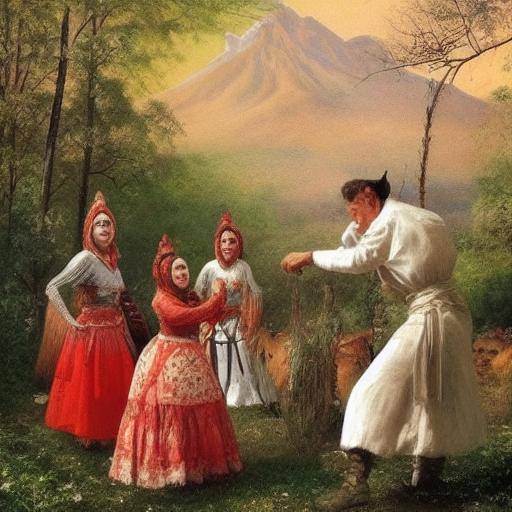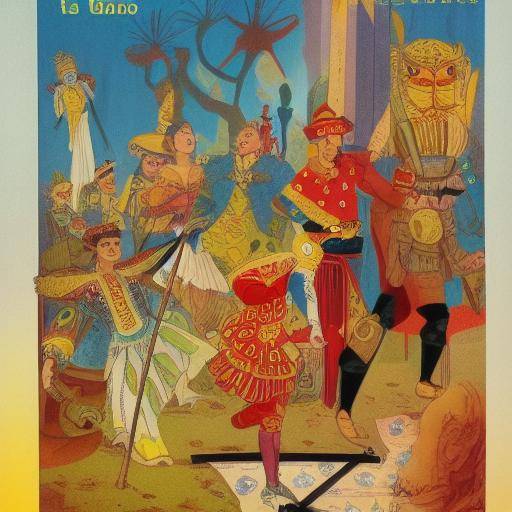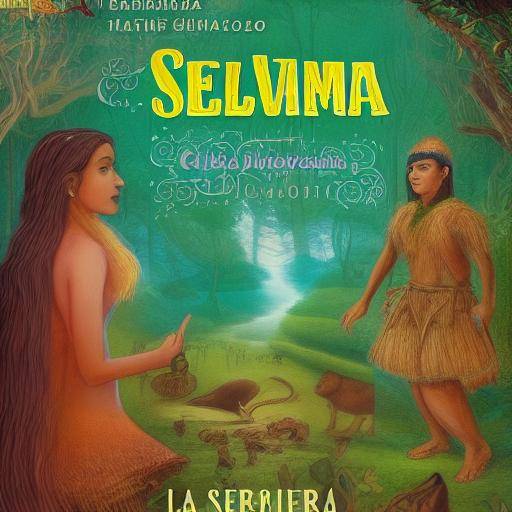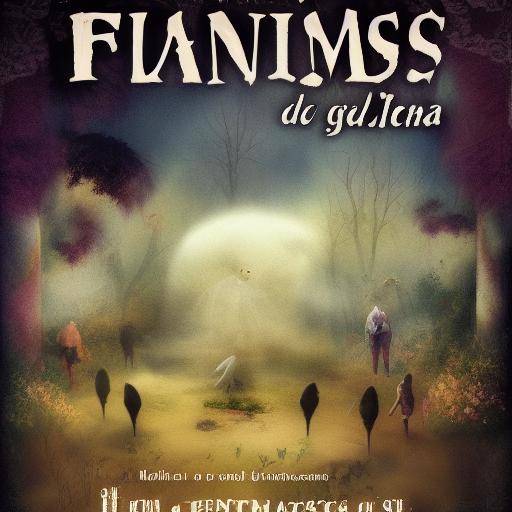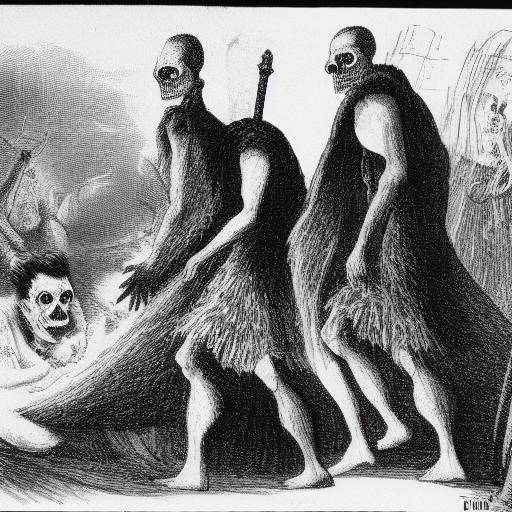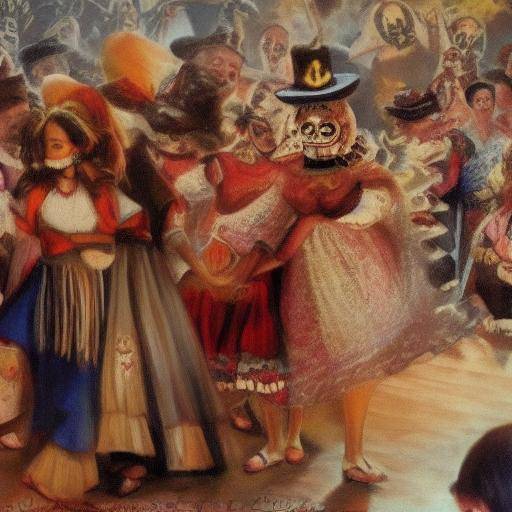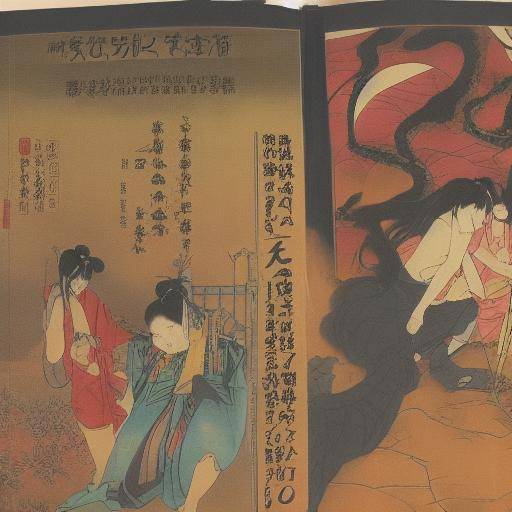
The kami, divine beings venerated in Japanese mythology, have been an integral part of Japanese culture since time immemorial. His stories, powers and roles in Japanese mythology are fascinating and deeply rooted in Japan's history and society. In this article, we will explore the various stories of the kami, their cultural significance and their importance in Japanese mythology. From the creation of the world to its interactions with human beings, we will discover the intriguing legends that have endured over the centuries.
Introduction
The stories of the kami in Japanese mythology have captivated entire generations, offering a unique vision of the Japanese worldview and its spiritual traditions. In this article, we will sail through a vast ocean of mythical narratives, discovering the very essence of the kami and their impact on Japanese culture. From the creation of the universe to the daily interactions with mortals, the stories of the kami transport us to a world of divinity, immortality and mystical powers.
History and Background
Japanese mythology is rich in tales about the kami, divine manifestations that manifest in nature, objects, places and ancestors. These sacred beings have been venerated and revered over the centuries, forming the spiritual basis of Japanese society. It is said that the kami dwell in the Yomi-no-kuni, the kingdom of the dead, but they are also present in the earthly world, manifesting in every element of nature.
Origins and Evolution of the Kami
The first records of the kami go back to the Kojiki and Nihon Shoki mythology, compiled in the 8th century AD. These ancient chronicles tell the stories of Japan's creation, where the kami played a fundamental role. Over time, the influence of the kami spread to everyday life, leading to a wide range of festivals, rituals and spiritual practices that still persist in modern Japanese society.
Deep Analysis of the Kami
The understanding of the kami goes beyond its mere existence as divine entities. The Japanese cosmovision frames the kami as interconnected beings with humanity and surrounding nature, acting as intermediaries between both worlds. His influence is manifested in worship through sanctuaries, rituals and festivals, representing a spiritual connection that transcends the physical and the mundane.
Exhaustive Review of the Kami in the Japanese Society
In contemporary Japanese society, kami remain a significant presence, influencing areas such as ethics, morals, aesthetics and the relationship with nature. The reverence to the kami is reflected in traditional architecture, art, literature and the way of life in general. The kami have become symbols of Japanese cultural identity and custodians of millennial traditions.
Comparative Analysis of the Kami in Different Contexts
Compare the kami with other divine deities or entities of different cultures reveals intriguing similarities and contrasts. While some parallels may encounter mythological figures of other civilizations, the kami possess unique attributes that reflect the very essence of Japanese spirituality. This comparative analysis brings light on the universal nature of veneration to the divine and its role in the human worldview.
Practical Tips and Accessible Tips
For those interested in exploring more deeply the world of the kami and Japanese mythology, here are some practical tips that can enrich the understanding and appreciation of these fascinating stories:
- Visit sanctuaries and sacred places in Japan where the kami pay homage.
- Participate in traditional festivals and ceremonies to experience first-hand devotion to the kami.
- Explore the classic Japanese literature that narrates the stories of the kami, such as Kojiki and Nihon Shoki.
- Dip into Japanese art and architecture, where the motifs and symbols of the kami are intrinsically intertwined.
Conclusion
The stories of the kami in Japanese mythology offer a unique window to Japan's spirituality, history and culture. From their ancestral origins to their contemporary influence, the kami continue to leave an indelible mark on the lives of those who immerse themselves in their mythical accounts. By honoring and preserving these stories, the spiritual connection between humanity and the mysterious divine entities that inhabit all corners of nature is perpetuated. May these stories not only inspire us, but also guide us in respect and appreciation for the sacred in our own lives.
FAQs
Who are the kami in Japanese mythology?
The kami are divine beings venerated in Japanese mythology, manifested in nature, objects, places and ancestors. They are revered as sacred deities and act as intermediaries between the spiritual world and the earthly world.
What are some of the best known stories about the kami?
Some of the best known stories include the creation of Japan by the kami Izanagi and Izanami, the journey of the sun goddess Amaterasu and the episode of the kami Susanoo and the eight-headed serpent, Yamata-no-Orochi.
What role do kami play in contemporary Japanese society?
The kami remain a significant presence in contemporary Japanese society, influencing areas such as ethics, morals, aesthetics and the relationship with nature. They are venerated through shrines, rituals and festivals, representing a spiritual connection that transcends the physical and the worldly.
How can I learn more about Japanese kami and mythology?
To learn more about Japanese kami and mythology, you can visit sanctuaries and sacred places in Japan, participate in traditional festivals, explore Japanese classical literature and immerse yourself in the art and architecture that reflect the influence of the kami.
Are there similarities between the kami and the deities of other cultures?
Although similarities may be found with mythological figures of other civilizations, the kami possess unique attributes that reflect the essence of Japanese spirituality. However, respect and veneration for divine entities is a common component in various cultural traditions.
What impact do the kami stories have on modern society?
The stories of the kami have a profound impact on Japanese cultural identity and the preservation of ancestral traditions. They also inspire the spiritual connection between humanity and nature, fostering respect for the sacred in everyday life.
With the exploration of the stories of the kami in Japanese mythology, a door opens to an enriching world full of mystery and meaning. Through these timeless narratives, the spiritual roots of a civilization that has kept alive its connection with the divine over the centuries are revealed. May these stories continue to inspire admiration and reverence, keeping alive the flame of Japanese spirituality in the hearts of those who appreciate them.

